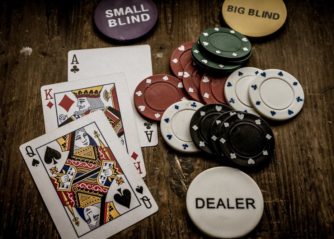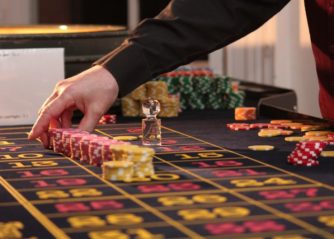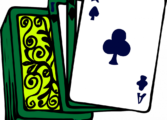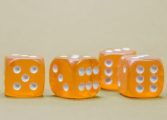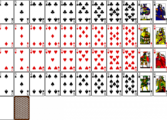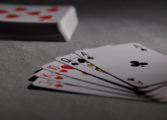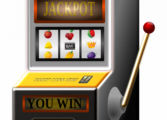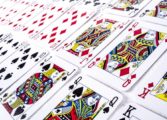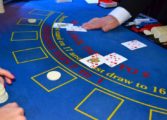How to Count Cards in Blackjack: A Comprehensive Guide for Casino Enthusiasts
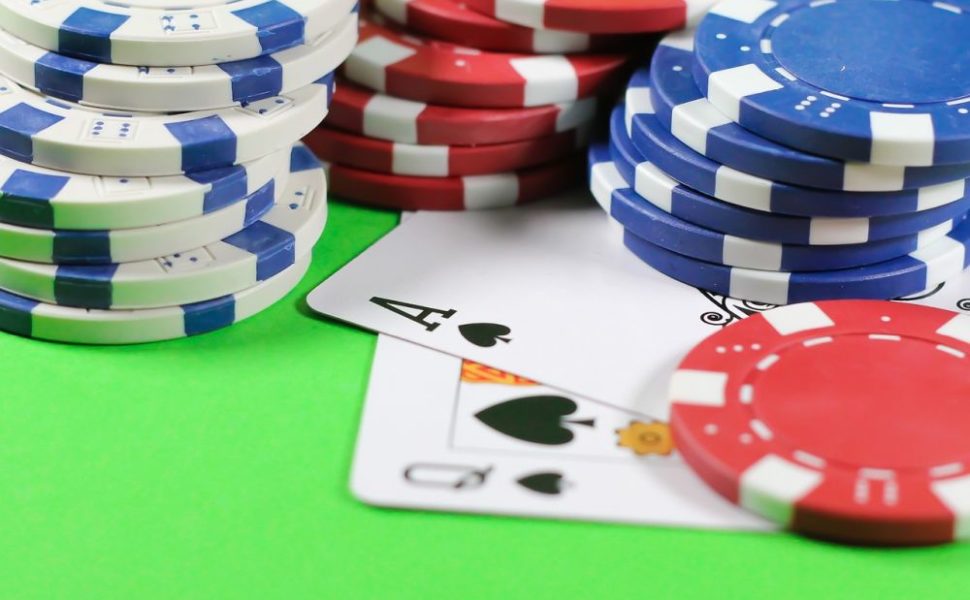
Introduction:
In the realm of casino games, blackjack stands out as one of the most popular and strategic card games. It offers players the opportunity to showcase their skills and potentially increase their odds of winning. One such skill that has intrigued and fascinated players for decades is the art of card counting. In this article, we will delve deep into the world of “how to count cards in blackjack” and provide a comprehensive guide for those interested in mastering this technique. Whether youre a newbie or an experienced player, understanding card counting can significantly enhance your blackjack gameplay.
I. What is Card Counting and its Relevance to Casino Gaming:
Card counting refers to the practice of keeping track of the ratio of high and low cards in a deck or shoe in blackjack. It allows players to make informed decisions based on the probability of specific cards being dealt, ultimately increasing the chances of success. While many consider card counting to be illegal or unethical, casinos have taken various measures to discourage or prevent its usage. Nevertheless, understanding the fundamentals of card counting will provide players with a deeper insight into the intricacies of blackjack gameplay and enable them to make more strategic choices.
II. Historical Evolution of Card Counting in Blackjack:

The history of card counting in blackjack dates back to the early 1960s when mathematician Edward O. Thorp published his groundbreaking book, “Beat the Dealer.” Thorp’s work revolutionized the world of blackjack, introducing players to the concept of card counting and its potential benefits. The publication garnered significant attention from both enthusiasts and casinos, leading to the development of various card counting systems and strategies.
Over time, casinos realized that skilled players could gain an edge by employing card counting techniques. Consequently, they implemented countermeasures, such as increasing the number of decks used, shuffling more frequently, or introducing automatic shuffling machines. These measures aimed to diminish the effectiveness of card counting and maintain the house’s advantage. Despite these challenges, many players continued to refine their card counting skills, further contributing to the evolution of this fascinating aspect of blackjack gameplay.
III. Strategies and Techniques for Effective Card Counting:
Counting cards effectively requires a thorough understanding of different strategies and techniques. Here are a few popular card counting systems:
1. Hi-Lo System:
– Assigns a value of +1 to low cards (2-6), -1 to high cards (10-ace), and 0 to neutral cards (7-9).
– Players maintain a running count as each card is dealt.
– Enables players to determine the approximate ratio of high to low cards remaining in the deck.
2. Knock-Out System:
– Similar to the Hi-Lo system, but includes an additional value of +1 for 7s.
– Adjustments made to overcome the variance in 6-deck games.
– Easier to learn and implement for players new to card counting.
3. Omega II System:
– Incorporates a more extensive range of card values, assigning a value of +2 or -2 to certain cards.
– Provides a higher degree of accuracy but requires more practice and concentration.
It is important to note that successful card counting is not limited to memorizing specific systems. It involves practice, observation, and proper execution to maintain a consistent edge over the casino.
Conclusion:
Card counting adds a layer of sophistication and strategy to the already captivating game of blackjack. While casinos have implemented measures to deter this technique, ardent players continue to refine their skills, making card counting an integral aspect of blackjack gameplay. This comprehensive guide has provided an in-depth exploration of “how to count cards in blackjack,” catering to casino enthusiasts looking to enhance their gaming experience. Remember, mastering card counting requires dedication, practice, and a thorough understanding of the game, ultimately placing you in a favorable position at the blackjack table.
